5K Views
How to Hem Pants Quickly With Simple 'No Sew' Techniques
by
Christine | The Creative Sewist
(IC: blogger)
Custom Fashion Handmade How To Sewing Sewing Projects Sewing TutorialHow to Hem Pants Quickly with Simple ‘No Sew’ TechniquesJanuary 7, 2021 13 min Read
If you recently received new clothes that are too long, you may be searching for ways to hem pants or to shorten them without making a trip to a seamstress or tailor. You may first ask a family member or friend for help only to be told that they don’t have time to or they don’t know how to hem pants. This means you are left to tackle this sewing project yourself.So, let’s begin by defining and understanding, what is a hem? According to Wikipedia, a hem is “a garment finishing method where the edge of a piece of cloth is folded and sewn to prevent unravelling of the fabric.” While the best hem jobs are done by expert seamstresses and tailors, sometimes it is impossible to hire one. And with limited access to sewing professionals, people with little or no sewing experience are now asking, “can you hem pants and garments without using a sewing machine?” While the quick answer is ‘yes’, you need to understand a few things before starting.Identify what type of hem you need—permanent or temporaryWhether it is a new pair of jeans, a skirt, or comfy pair of casual pants, most people need a permanent hem. Sewn hems (permanent hems) cannot be easily or accidentally removed and are created using various machine stitching methods that are selected according to the garment fabric and intended garment use.So, if you cannot sew a hem, how do you create one and how do you hem pants? Answer: by using a bonding material that I will discuss shortly.On the other hand, you may be in a situation where you are borrowing (i.e., formal dress) or renting an item (i.e., tuxedo) and you must return it in its original state to the owner. This means you need to make a quick, non-damaging, non-permanent fix so that you can wear it.When it comes to “temporary”, I’ve seen some interesting and creative ways to meet this need. Here are a few methods I have personally seen and do NOT recommend:— The “pinning method” where you simply fold up the pants or skirt and very carefully place pins along the folded material to create a hem. (I DO NOT recommend this! It is not safe and looks bad.)— The “long hand-stitch method”, where fabric is folded and loosely stitched in place using a sewing needle and long piece of thread. (NOT recommended AT ALL since it is easy to catch a shoe heel in the folds of fabric and fall)— The “use any available tape method”. Non-fabric tape leaves sticky residue on the fabrics and in some instances is impossible to remove. I once had a customer bring me a pair of pants to repair and hem after his wife used electrical tape to “hem” them. It was a nightmare that I NEVER want to see again!Buy Your Pants Hemming SuppliesOnce you know what type of pants hem you need, it is time to buy the necessary supplies that are readily available thru online and brick and mortar retailers. While a sewn hem is best, there are alternatives. For a permanent hem, you will need a product like “Stitch-Witchery ™”.
These fusible bonding webs create permanent fabric bonds when placed between 2 pieces of fabric and heated with a household iron.DISCLAIMER: If you do not own an iron that has a steam setting, you will need to borrow one to create your hems. DO NOT use another heat source such as a heat gun, hair dryer, or hair flat iron. These bonding agents are created for use with household irons at specific heat/steam settings and results are not guaranteed when you deviate from the directions. It is also important to note that you can damage your clothes when using heat items such as these.The most common and popular bonding agent is “Stitch Witchery”. It is a fusible that is offered in assorted weights and widths for all types of sewing and crafting needs. When placed between 2 layers of fabric and ironed, it creates a permanent fabric bond that is safe for washable or dry cleanable garments.Be sure to select the correct “weight” for your project. Most projects will need the “normal” weight but other fabrics such as chiffons and georgettes will require “light” weight. Heavier fabric like denim or twill will require a heavier or “super” weight. If you are uncertain about the weight you need, you can default to “normal” weight or ask a sales associate in the sewing/craft store for assistance. Please note: if you are working with a fabric that cannot be pressed, like velvet, this method won’t work, and you should consult a sewing expert for your hemming options.Sewing Tip: For a temporary hem, you will need a double-sided basting tape like Clover’s Basting Tape that can be removed either thru washing or by hand.DISCLAIMER: It is best to try any product on a small sample portion of your garment before applying to the entire area. For optimal results, be sure to read and FOLLOW manufacturer’s suggestions and directions.
How to Create Your Hem:TOOLS NEEDED:
- marking pen (machine washable fabric marker, straight pins, tailor’s chalk)
- ruler (it is best to use a ruler that is less than 12 inches long and the numbers/lines are clearly marked)
- straight pins to hold hem in place
- bonding tape (see descriptions of both types of tape above in hem description section)
- mirror (use the largest mirror possible that you can sit on the floor to see where the garment is marked)
- fabric scissors (optional)
2. Carefully turn garment inside out and fold fabric at marking line. If you are making a TEMPORARY HEM, DO NOT PRESS. Simply finger press (apply slight pressure and run your finger along the hem). If you are making a permanent hem and will be using a fusible to create your hem, lightly press your hem in place with an iron. Leave the pins in at this stage.
3. For a permanent hem—measure the amount of fabric above your fold line. If you have more than 3 inches, you should consider trimming the hem allowance to 1 1/2” to 2”. Leaving more fabric will create bunching and awkwardness when wearing the garment. You can measure the hem allowance, mark the trim line, unfold the fabric, and trim it. Be sure not to cut your garment. Once trimming is completed, refold the hem.
4. Place 1 layer of the tape between the 2 pieces of fabric. It should be placed as close to the top of the hem allowance without sticking out. (see picture below)
5. Since most tapes are double sided, it is easier to begin by applying it to the hem allowance. This way, you can carefully position it close to the top. Once you have applied 1 layer of tape to the entire circumference, trim the excess, fold up the hem and smooth it with your hand against the inside of your garment. You must smooth out any wrinkles or creases before pressing to the other side.6. For permanent hems–Once the positioning is finished, follow the tape manufacturer’s heat and pressing recommendations and press the hem. Allow garment to cool before turning it right side out.
7. Once you are done applying tape, turn garment right side out. Your new hem is finished!
SEWING TIPS TO CONSIDER:Follow ALL manufacturer’s directions when using fusible bonding products.If you are creating a temporary hem, make sure that the basting tape will remove easily from the garment without damaging it and make sure that ALL the tape is removed prior to returning the garment.If you must shorten a garment more than 2 ½” it is best to ask assistance from someone with sewing experience before attempting the job yourself. You may run into structural issues that will prevent you from experiencing an optimal outcome.Hopefully, this How To Hem Pants tutorial will provide you with practical advice for tackling a hem job when you are unable to professionally hem a garment.If you have a question or comment, please log in and leave your message below. I would love to hear from you! If this sewing tutorial helped you and you would like to receive notifications when articles are uploaded, sign up for The Creative Sewist newsletters!AlterationsciamemberDesignFabricHacksHemingHow toInspirationNo SewSewing
← PreviousHow To Easily Add An Elastic Waistband To A Dress
Next →How to Create Amazing Appliques from Your Favorite SweatshirtSubscribe NowInteresting Posts
Using creative sewing to tell a story..Jan 25, 20190 Comments
Creative Solution For Torn PantsJan 15, 20191 Comment
Adding glitz for maximum impactFeb 1, 20192 CommentsRecent Posts
Sewing Tools Spotlight: Scissors? How to pick the best stylesBy Christine WarrenOct 06, 2022
How to Create a Fun and Stylish Pumpkin Topper with Fabric & TrimBy Christine WarrenSep 29, 2022
3 Practical Ways to Upcycle Fabric Scraps into Beautiful DesignsBy Christine WarrenSep 22, 2022
Are Sewing Project Kits Worth the Price? You Might Be SurprisedBy Christine WarrenSep 13, 2022
How to Easily Create Stylish Pant Cuffs with a Simple Sewing HackBy Christine WarrenSep 06, 2022Tags
- Advice
- Alterations
- bob mackie wearable art
- ciamember
- Decorations
- Design
- embroidery
- Fabric
- Fashion
- Hacks
- Heming
- Hemming
- Holiday
- How to
- Inspiration
- Lifestyle
- No Sew
- Quilting
- Seasonal
- Sewing
- sewing projects
- sewing tool
- Sewing Toolkit
- Sewing Tools
- sewing tutorials
- Sewist
TheCreativeSewist.com | Privacy Policy
- Sewing Projects
- Fashion
- Lifestyle
- Sewing
- Sewing Tutorial
Enjoyed the project?
The author may collect a small share of sales from the links on this page.
Want more details about this and other fashion and style ideas? Check out more here!
Published October 12th, 2022 1:32 PM
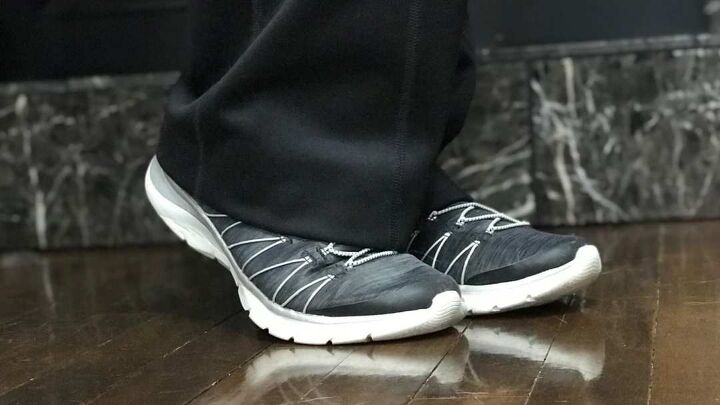





















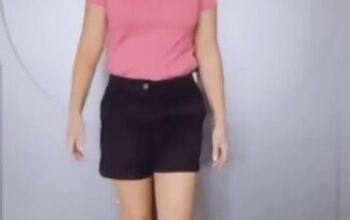
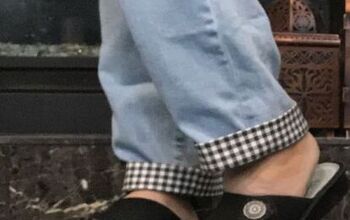

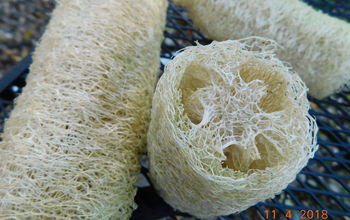






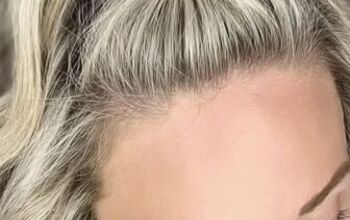


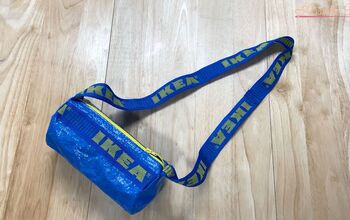




Comments
Join the conversation